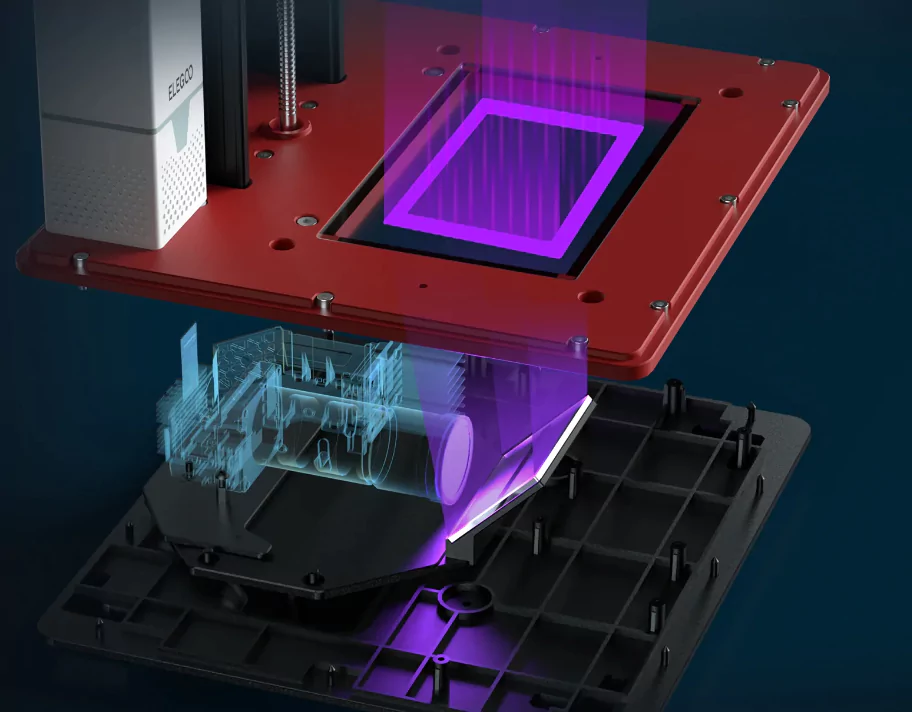In the transformative world of additive manufacturing, the incorporation of Digital Light Processing (DLP) technology has revolutionized the production of polymer parts. This emerging technology, revered for its unrivaled speed, precision, and versatility, has opened up new vertices in manufacturing and rapid prototyping. If you are adventurous and curious about DLP for polymer parts manufacturing, fasten your seat belts as we embark on an enlightening tech journey that will drastically reshape your manufacturing perspective.
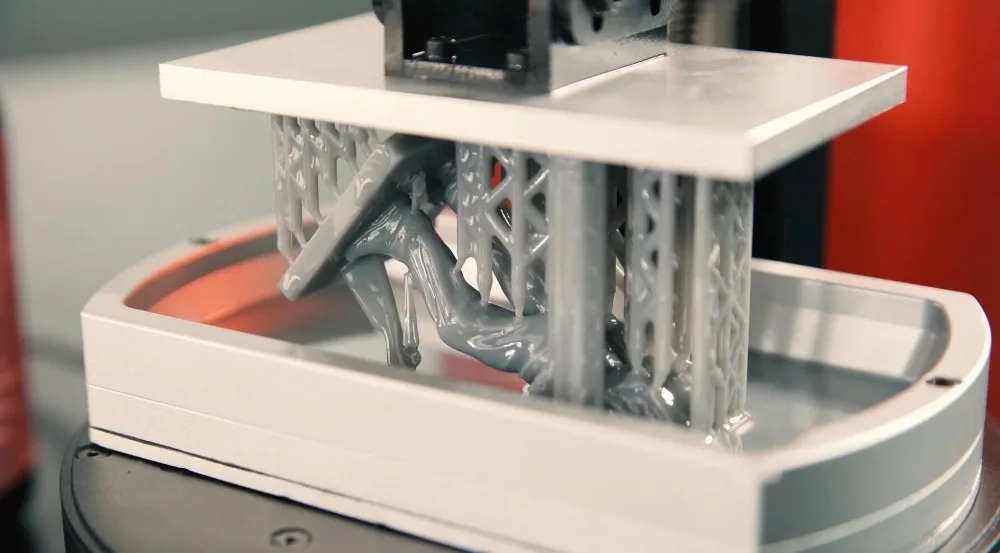
In this comprehensive guide, we will demystify DLP technology, it’s impact, and it’s significance in polymer parts manufacturing. This voyage will take us through understanding the inner workings of DLP, the unparalleled benefits it brings to the manufacturing table, and the wide variety of polymers it gracefully handles.
As we progress, we’ll delve into the intricate process of manufacturing polymer parts using DLP, shedding light on pre-processing design steps, the robust processing stage, and the crucial post-processing phase. Furthermore, we’ll explore real-world applications, discuss the challenges encountered, and present viable solutions.
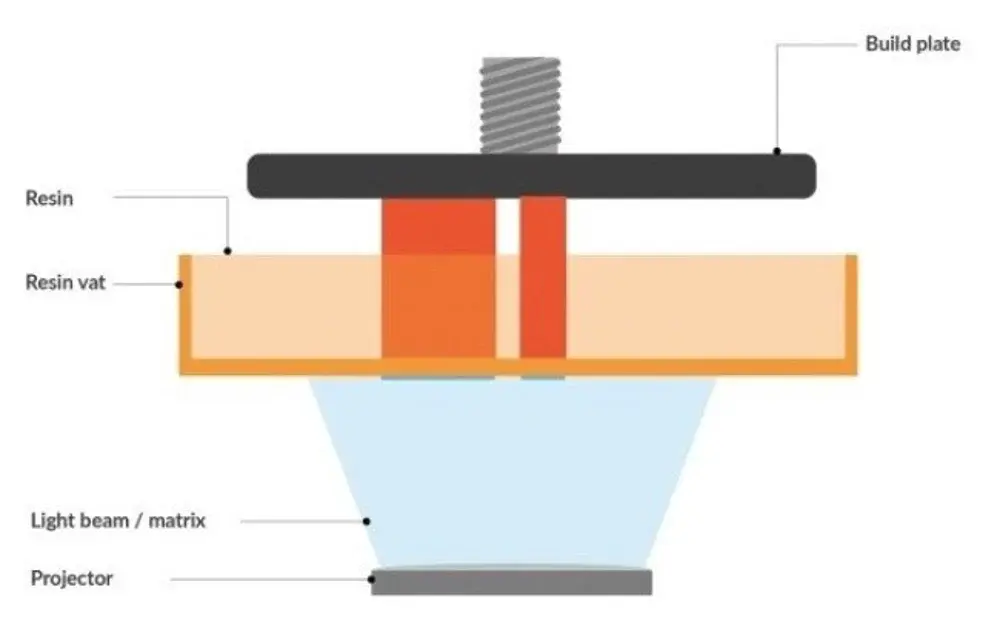
Understanding Digital Light Processing (DLP)
In the vast universe of 3D printing technologies, Digital Light Processing or DLP has certainly staked its claim as a compelling method of manufacturing. From its humble beginnings to its meteoric rise in the additive manufacturing sector, DLP has continued to conquer new frontiers.
Origin and Evolution
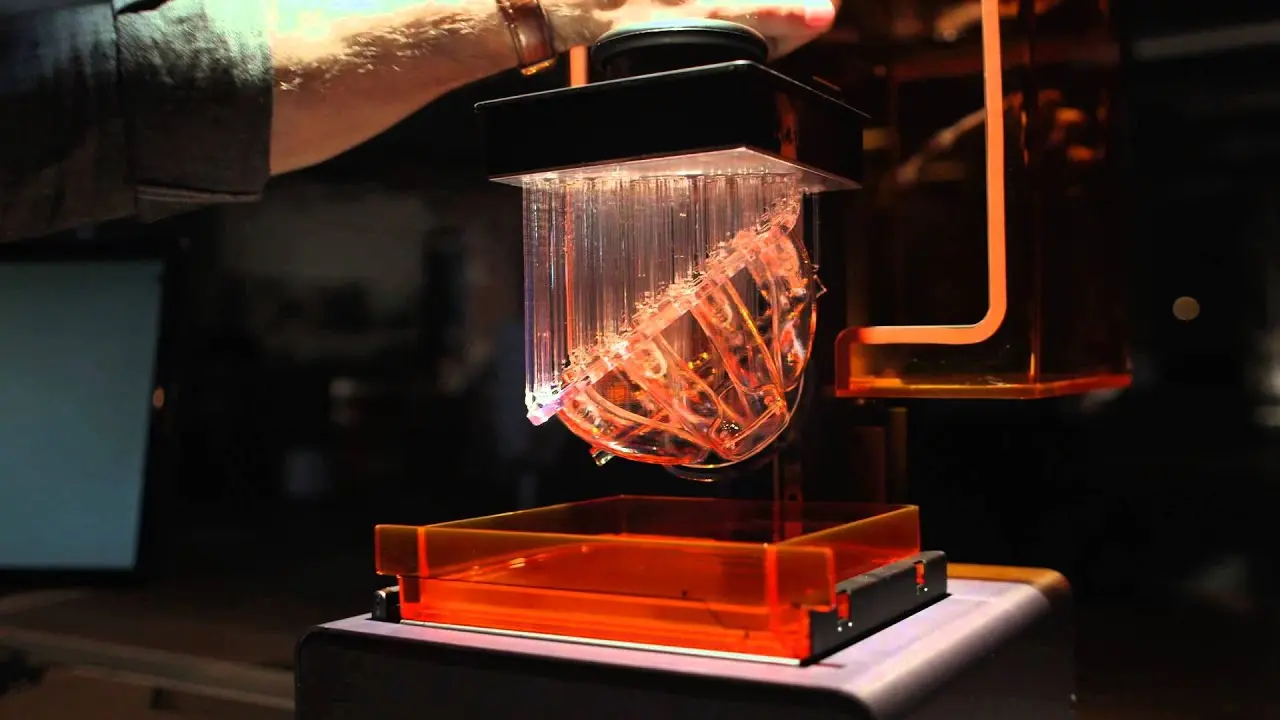
First introduced by Texas Instruments in the 1980s, DLP technology originally found its footing in the realms of projection and imaging applications. The technology leverages the power of light and micro-mirrors to project images onto surfaces. Now, you might wonder, what has this got to do with 3D printing?
The answer lies in the efficiency and precision of DLP. The technology’s ability to project entire layers of an object at once caught the eye of innovators aiming to speed up the 3D-printing process. And thus, DLP pivoted from projecting images to ‘projecting’ tangible objects layer by layer.
Working Principle of DLP
So, how does DLP work in the realm of 3D printing?
In simplest terms, DLP 3D printers function by projecting light onto a vat of photosensitive liquid polymer or simply put, resin. They expose entire layers of the object onto the resin in one go, causing the resin to solidify upon exposure. The print bed then moves upward, allowing for the next layer to be projected and solidified. This rapid process continues layer by layer until the full object is printed.
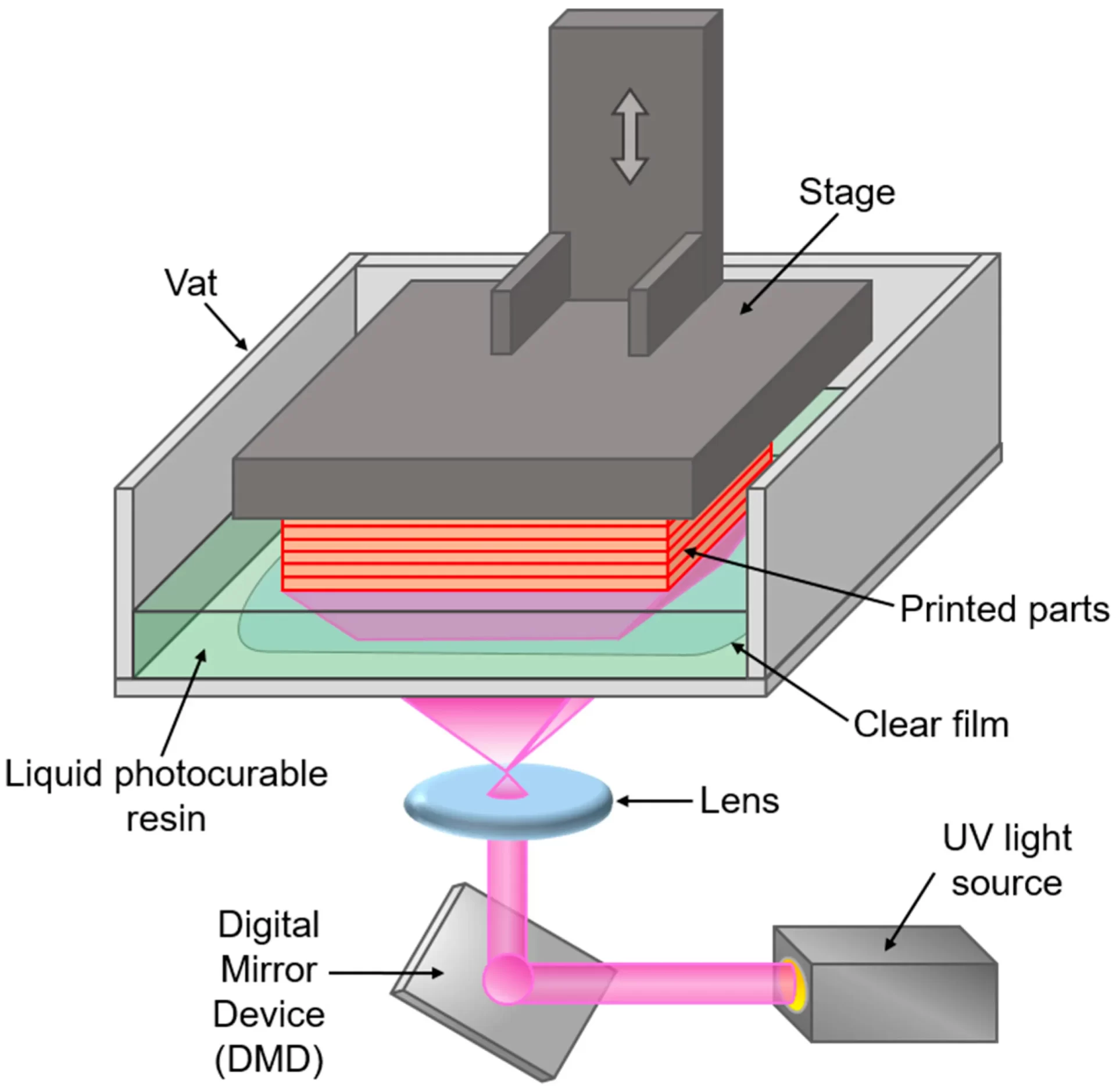
Key Components in a DLP System
The magic of DLP 3D printing resides in its key components:
- DLP Chip: Houses millions of microscopic mirrors that direct the light source onto the resin bed. Each mirror corresponds to a single pixel.
- Light Source: Generally, a UV or ultra-violet light source is used to cure the resin.
- ResinVat: Contains the photosensitive liquid polymer that solidifies when exposed to light.

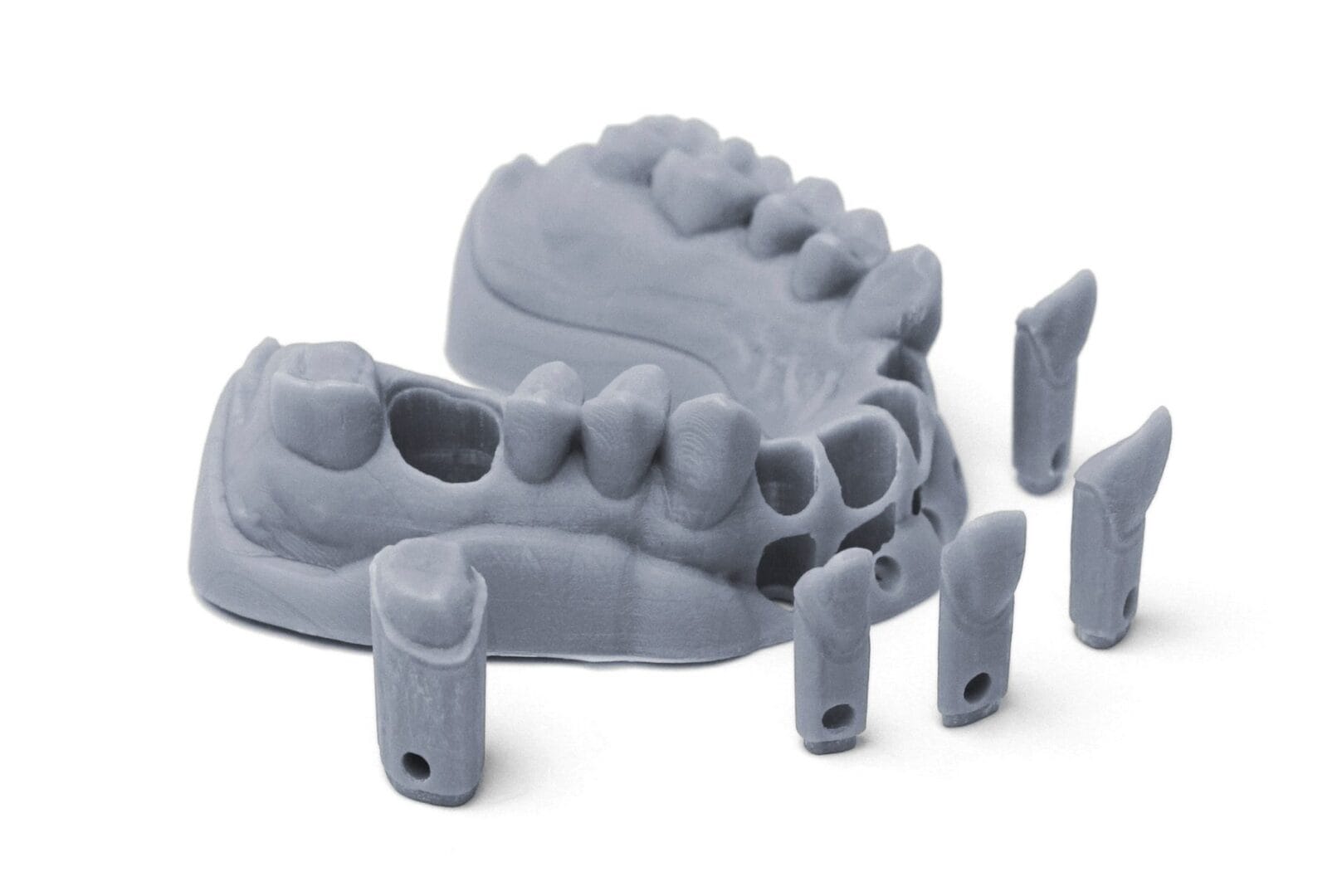
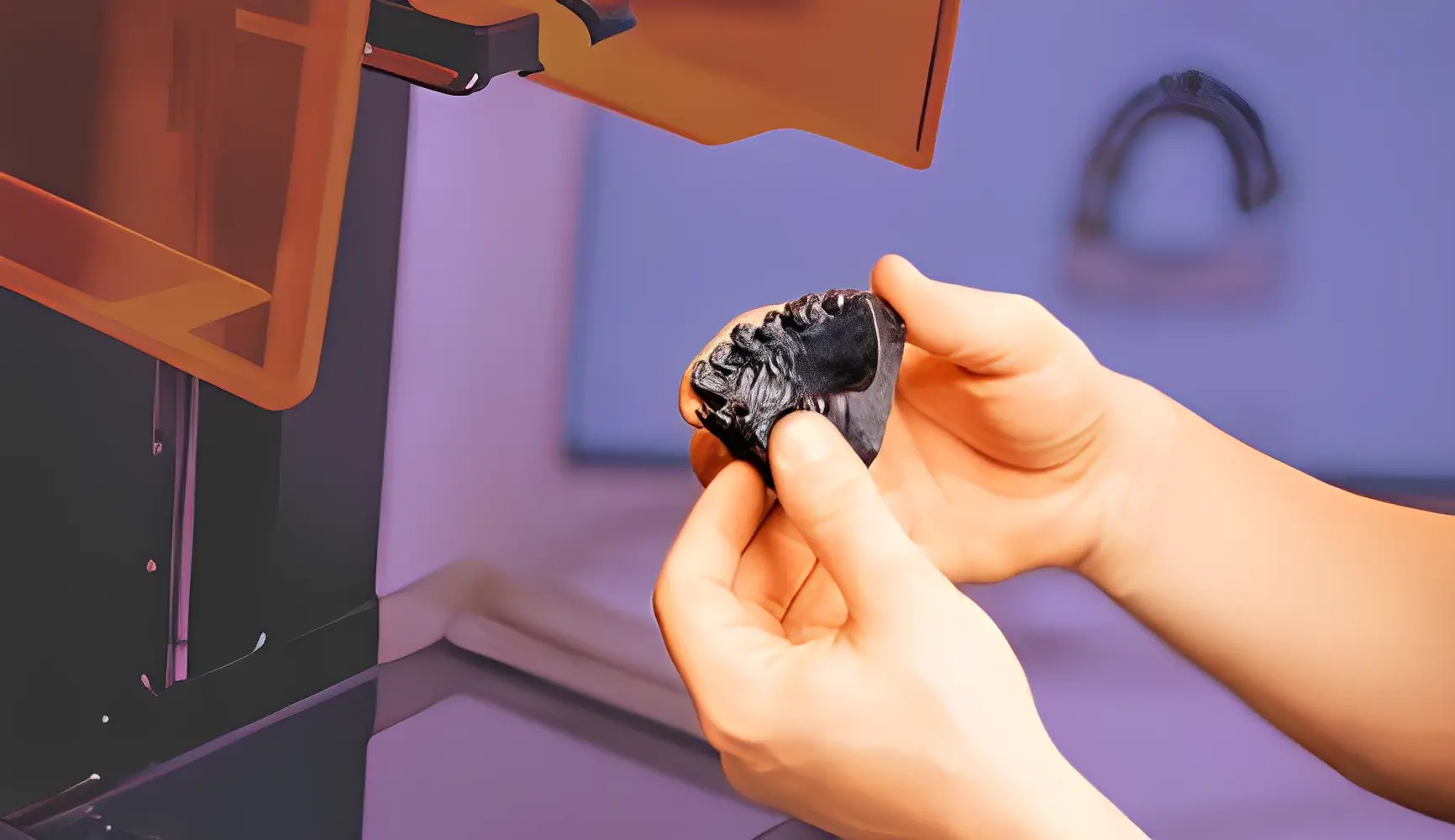
As we delve deeper into this guide, we’ll continue to explore how DLP has made its mark in the polymer parts manufacturing scene, its compatibility with a wide array of polymers, and the practical applications it holds in this sector. Join us as we journey through the exciting world of DLP in polymer parts manufacturing.
Benefits of Using DLP in Polymer Parts Manufacturing
Not too long ago, we were just scratching the surface of what 3D printing could mean for the future of manufacturing. Today, thanks to innovations like Digital Light Processing (DLP), we are taking giant leaps in technologies that promise to accelerate and revolutionize this field. Let’s uncover the myriad benefits of using DLP in polymer parts manufacturing:
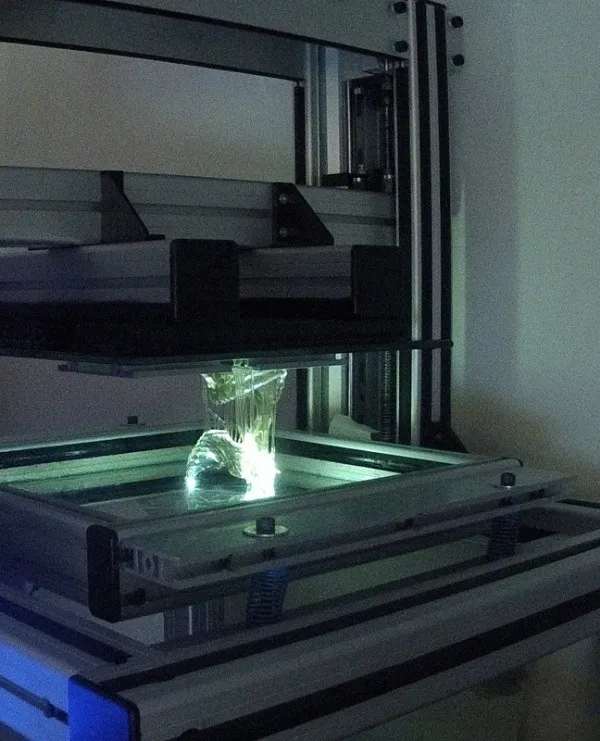
1.Speed and Efficiency
One of DLP’s show-stealing features is arguably its speed. Unlike other 3D printing technologies that trace out parts line by line, DLP exposes entire layers in each pass, potentially reducing print times dramatically.
2.Detail and Accuracy
DLP isn’t just fast—it’s also precise. The technology’s use of a specialized light source enables it to capture impressive levels of details on parts, delivering resolutions down to 35 microns. This precision is instrumental when manufacturing complex polymer parts that demand tight tolerances and fine features.
3.Versatility in Material Choice
DLP exhibits a broad compatibility with a wide array of photosensitive resins, making it adaptable to various application requirements. Whether you need rigid parts, flexible structures, or specific colors, the chances are high you’ll find a photopolymer resin tailored to meet your needs.
4.Lower Costs and Waste
In many cases, DLP can turn out to be a more cost-effective choice for polymer parts manufacturing. The technology uses lights to cure the resins, thereby consuming fewer raw materials and reducing waste as compared to traditional manufacturing techniques.
5.Smoother Surface Finish
DLP delivers one of the smoothest surface finishes achievable in 3D printing, reducing or potentially eliminating the need for post-processing.
These are just a handful of benefits that demonstrate why DLP is gaining popularity in the manufacturing of polymer parts. But as with any technology, it’s not all sunshine and rainbows. As we continue to explore the practical applications of DLP, we’ll also critically assess the challenges and considerations it entails. Stay tuned!
Challenges and Considerations in DLP for Polymer Parts Manufacturing
As much as we extol the virtues of Digital Light Processing (DLP) in the sphere of polymer parts manufacturing, we must not overlook the challenges and considerations that come with its use. Let’s dive into these potential obstacles and how industry players are working towards addressing them.
1.Hardware Costs and Maintenance
While DLP can be cost-effective when we examine raw material consumption, the upfront cost of obtaining a high-quality DLP printer that delivers excellent resolution can be significantly high. Additionally, maintenance of these printers, including replacing the light source and resin vat—can rack up costs over time.
2.Limited Build Volume
Most DLP printers have a relatively small build volume compared to other types of 3D printers. That means if you want to print larger parts, you either need a larger (and more expensive) DLP printer, or you might need to print the larger part in several smaller pieces and assemble them later.
3.Post-Processing and Curing
Although DLP delivers prints with smooth finishes, some level of post-processing is still required. The printed parts need to be cleaned and cured to achieve their final mechanical properties. This curing process can be time-consuming and requires the additional equipment.
4.Specificity of Materials
While DLP is compatible with a wide array of light-curing resins, it’s important to note that not all resins are created equal. Resins for DLP printing are specifically formulated for the wavelengths of the printer’s light source, limiting the choice of materials to those specially designed for DLP.
5.Health and Safety
Working with photopolymer resins requires essential health and safety measures. The resins are sensitive to light and can irritate the skin or cause allergic reactions in some individuals. Proper ventilation, safety goggles, and gloves are necessary when working with DLP technology.
Acknowledging these challenges helps businesses make informed decisions when choosing DLP for polymer parts manufacturing. In the upcoming sections, we will look at how businesses are overcoming these hurdles and utilizing DLP to its maximum potential.
Tune in as we continue to uncover the dynamic world of DLP for polymer parts manufacturing!
Overcoming Challenges and Harnessing the Potential of DLP in Polymer Parts Manufacturing
Like any burgeoning technology, dealing with the challenges associated with DLP in polymer parts manufacturing requires iterative problem-solving and innovation. Accomplishing this allows us to explore uncharted territories of DLP technology’s potential. Now let’s uncover how we can harness this power while overcoming its challenges.
1.Cost-Effective Solutions
Market competition is driving manufacturers to develop cost-effective DLP printers. Additionally, adopting a preventive maintenance schedule rather than a reactive one can save significant costs in the long run. Companies are focusing heavily on the research and development of affordable yet effective DLP systems.
2.Leveraging the Power of Small Build Volumes
While DLP printers may have smaller build volumes, they excel at batch production. Small, detailed parts can be manufactured simultaneously in one print run, leveraging the smaller build volume to its advantage.
3.Streamlining Post-Processing
Companies are continually exploring ways to streamline the post-processing requirements of DLP prints. Innovations such as wash and cure units are already on the market, allowing users to clean and cure their builds efficiently.
4.Developing Custom Photopolymers
An exciting area of development in the DLP field lies in creating customized photopolymers. This proactive approach not only broadens the materials we can print with but also opens up a whole new frontier for specialised, application-specific resins.
5.Focusing on Health and Safety
The 3D printing industry is working tirelessly to ensure user safety when handling resins and DLP printers. Providing detailed safety guidelines, creating resins with lower toxicity, and developing contained systems that limit user exposure are a few steps in that direction.
By addressing these challenges head-on, we start unlocking DLP’s potential in ways that initially seemed impossible. In the final part of this article, we’ll dive into some real-world applications that make DLP an invaluable tool in the world of polymer parts manufacturing.
Real-world Applications of DLP in Polymer Parts Manufacturing
Building upon the foundation of understanding Digital Light Processing’s (DLP) potentials and overcoming its challenges, it’s time we start crossing the threshold into real-world applications of DLP. Below are some sectors where the technology is having a significant impact:
1.Dental Industry
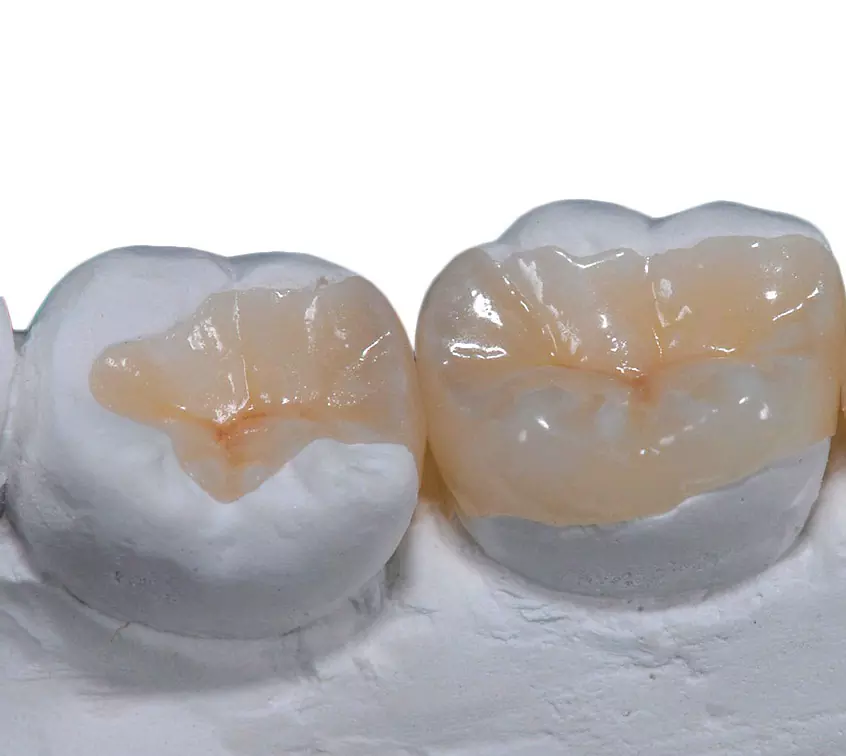
The dental industry has embraced DLP due to the high precision and efficiency it offers. From creating crowns and bridges to dental arch models, DLP is redefining dental solutions.
2.Jewellery Manufacturing
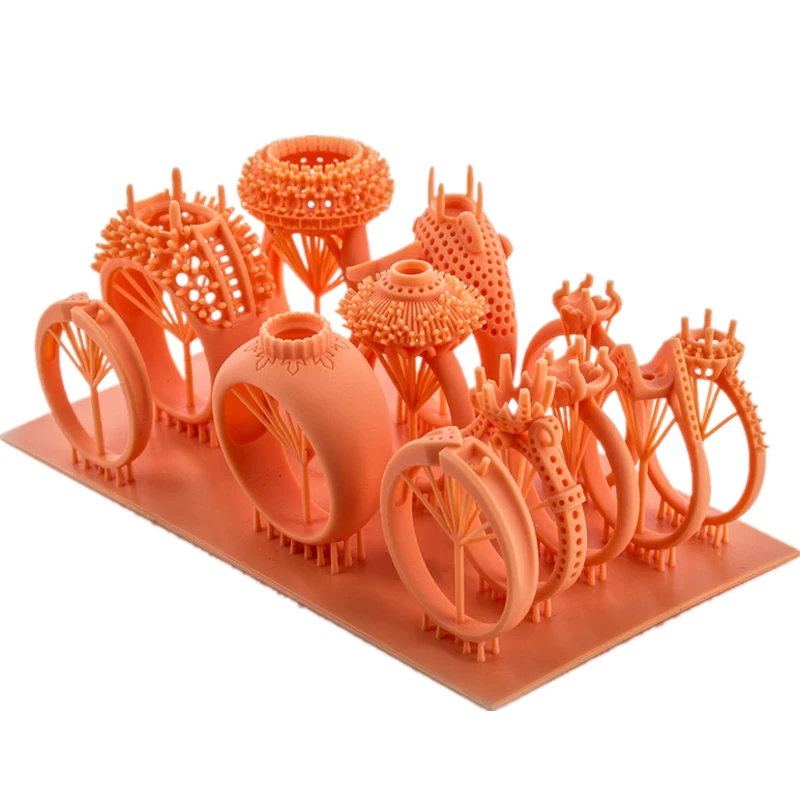
The excellent detail and smooth surface finish offered by DLP make it an ideal choice for the jewellery industry. Designers are now capable of creating intricate designs and molds with remarkable precision.
3.Prototyping
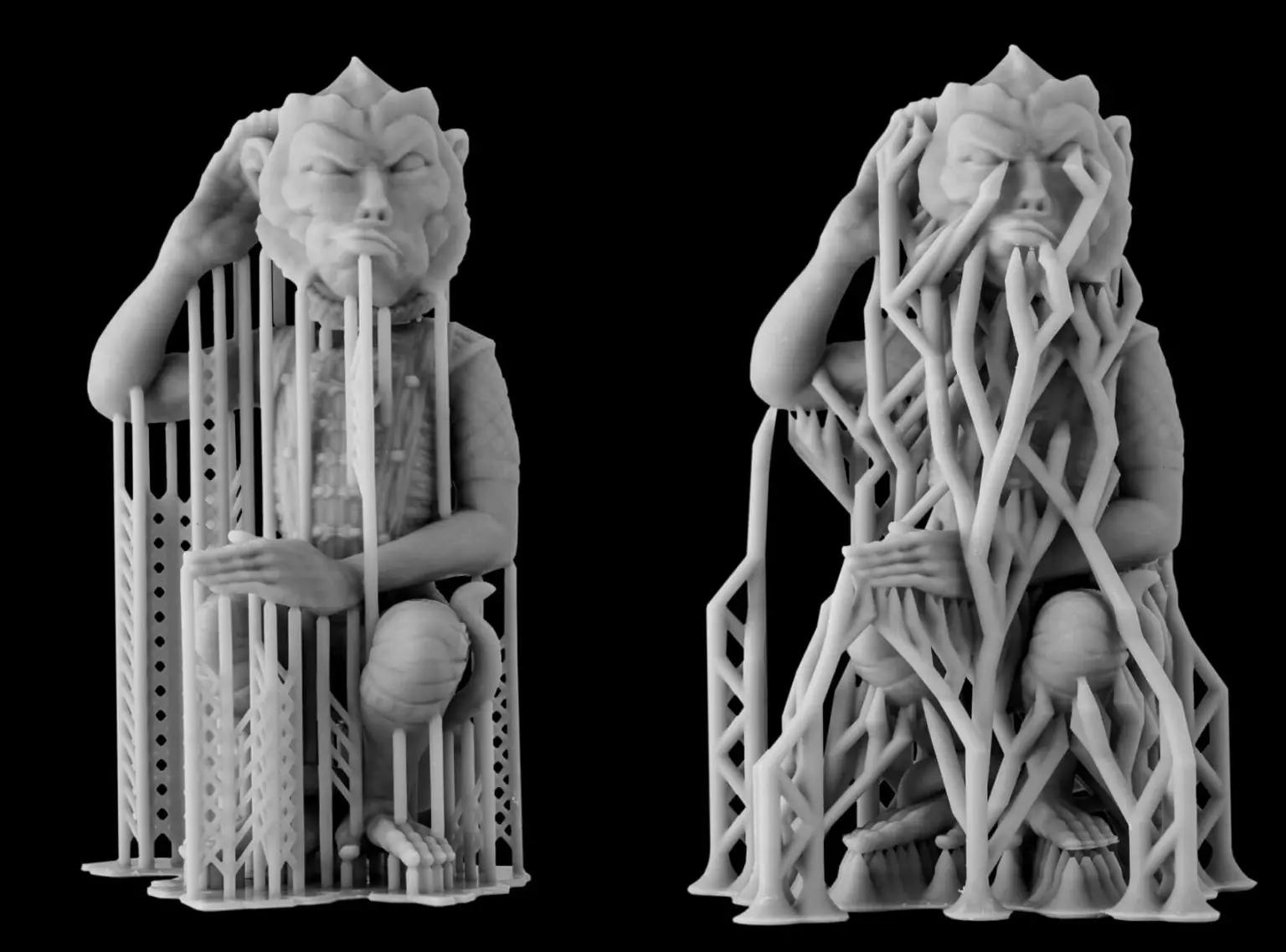
The speed of DLP is a big advantage when it comes to prototyping, enabling rapid iterations and design process acceleration.
4.Medical Applications
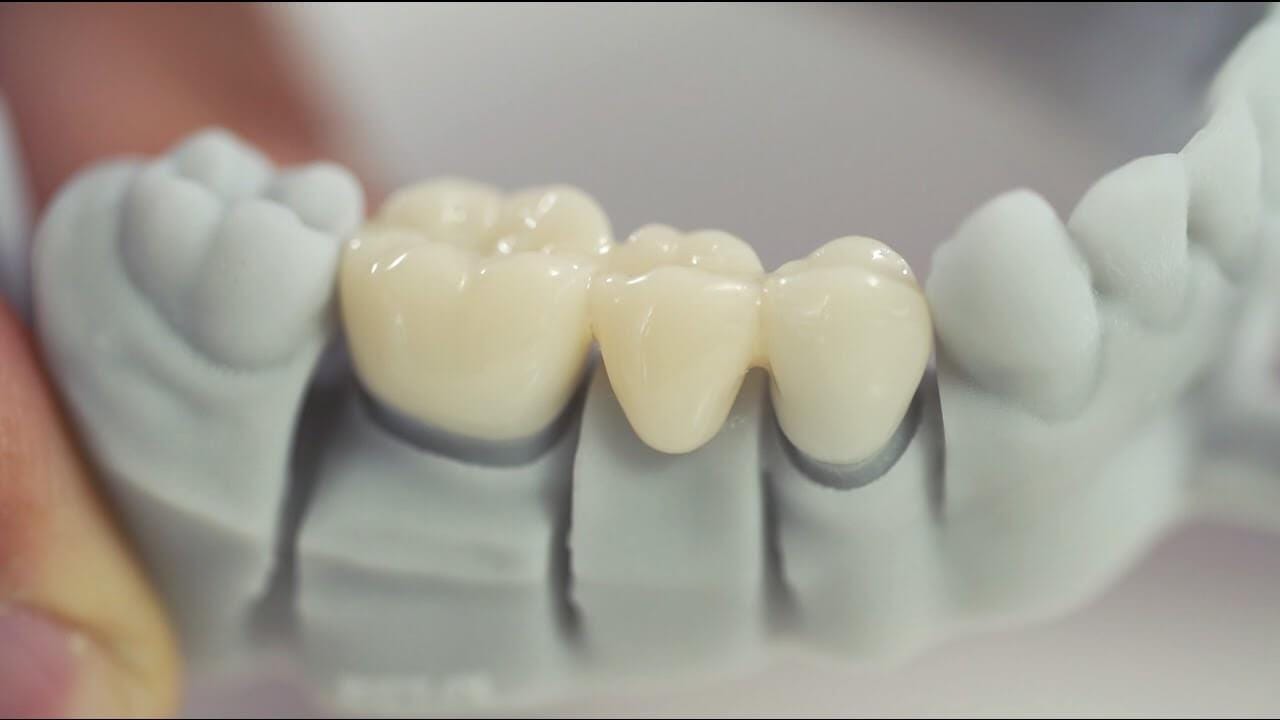
DLP has a wide range of applications in the medical field, from making custom prosthetics to 3D printing surgical instruments.
5.Microfluidic Devices
DLP’s high-resolution printing capabilities are a perfect fit for producing microfluidic devices used in a variety of scientific applications.
6.Educational Tools
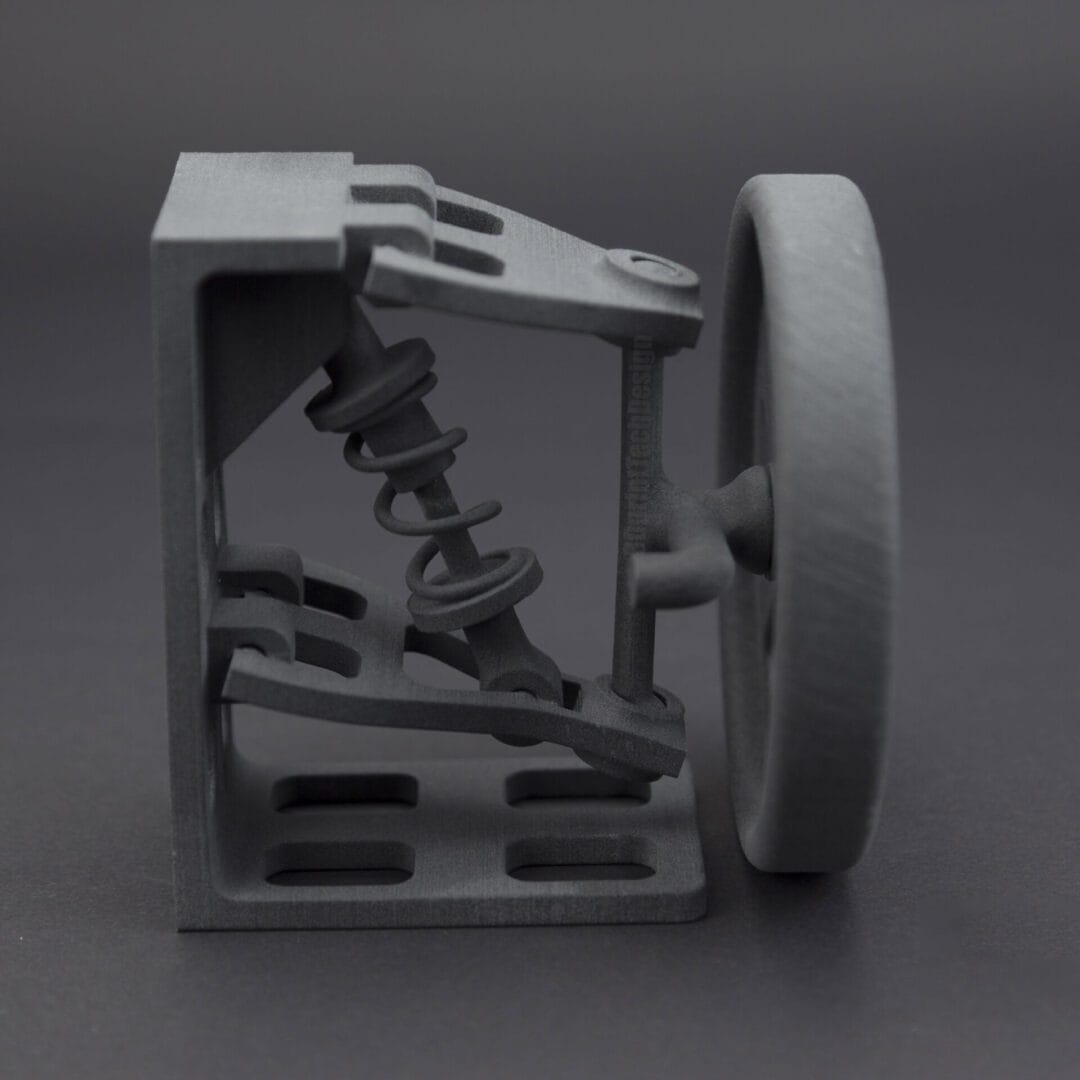
With a DLP printer, educators can create detailed teaching aids that bring concepts to life, enhancing student understanding and engagement.
These examples underline how the advantages of DLP—precision, speed, and versatility—are making a tangible difference across a variety of industries. As the technology continues evolving, we can look forward to even more innovative applications and solutions.

